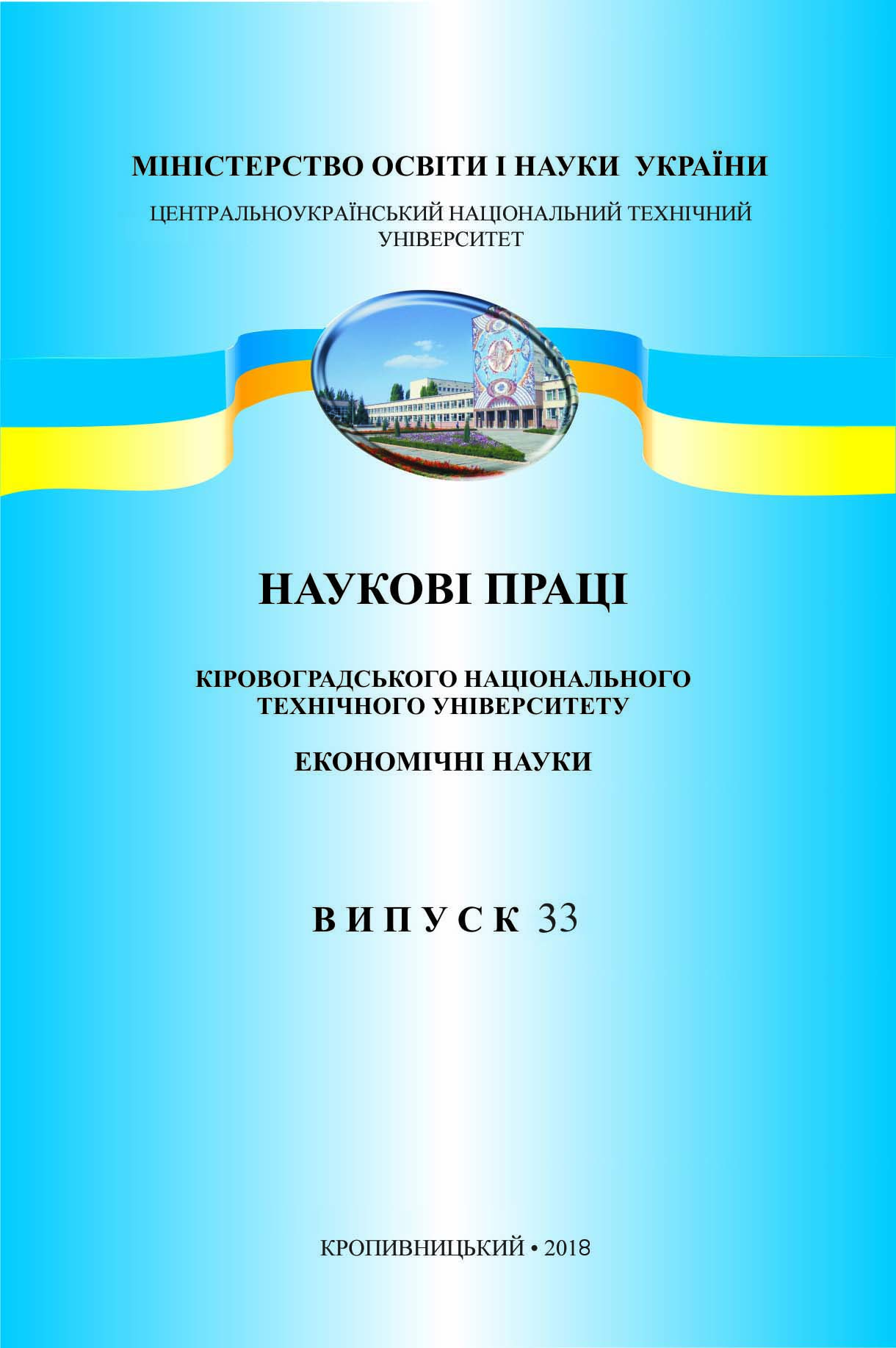Методика шкалювання результатів автоматизованого тестування респондентів соціодинамічних систем
Representation of Results of Automated Testing of Respondents of Sociodynamic Systems
Author(s): Lina MakarenkoSubject(s): Social Sciences, Economy, Sociology, Human Resources in Economy, ICT Information and Communications Technologies, Socio-Economic Research
Published by: Кіровоградський національний технічний університет
Keywords: automated testing; respondents; sociodynamic system; scaling of normalized assessments; methodology; statistical data;
Summary/Abstract: The article deals with the problem of scaling primary assessments of the results of automated testing of respondents of social-dynamical systems in relation to linear scales with a fixed number of ranges, and also shows the application of scalping techniques in presenting the results of tests of respondents of sociodynamic systems.The purpose of this work is to develop a technique for both approximate and accurate linear scaling of normalized "primary" test ratings and the application of this technique in the formation of test results in the REMAK system. In the REMAK system, linear (quantile) scaling of scores can be performed immediately after passing the testing session when receiving an on-screen form for viewing the results and after passing the test by all respondents when analyzing the statistics for the test as a whole. The disadvantage of the methodology for the translation of "primary" test scores into the linear scale used in the REMAK system was to adopt the kind of distribution of "primary" assessments uniform and, as a consequence, the lack of their normalization. For small groups of respondents (up to 30 people), errors occurring at the same time did not have a significant effect on the boundaries of scale ranges. With the growth in the number of respondents using the REMAK system, there is a need for the normalization of "primary" test ratings to more accurately calculate the limits of the ranges of linear scales.As a result of the study, a method was developed for scaling primary test scores, which allows you to obtain the resulting scores in any linear scale of evaluation directly when viewing the results. When testing respondents of sociodynamic systems, a result evaluation was obtained immediately after passing the testing session by each respondent, based on the assumption of a normal distribution of 95% of respondents, or on the results of the actual distribution of respondents after passing the entire test. It should be noted that the comparison of the results of scaling with the statistical data showed a practical coincidence of the results, which confirms the reliability of the proposed method.
Journal: Наукові праці Кіровоградського національного технічного університету. Економічні науки
- Issue Year: 2018
- Issue No: 33
- Page Range: 189-198
- Page Count: 10
- Language: Ukrainian

